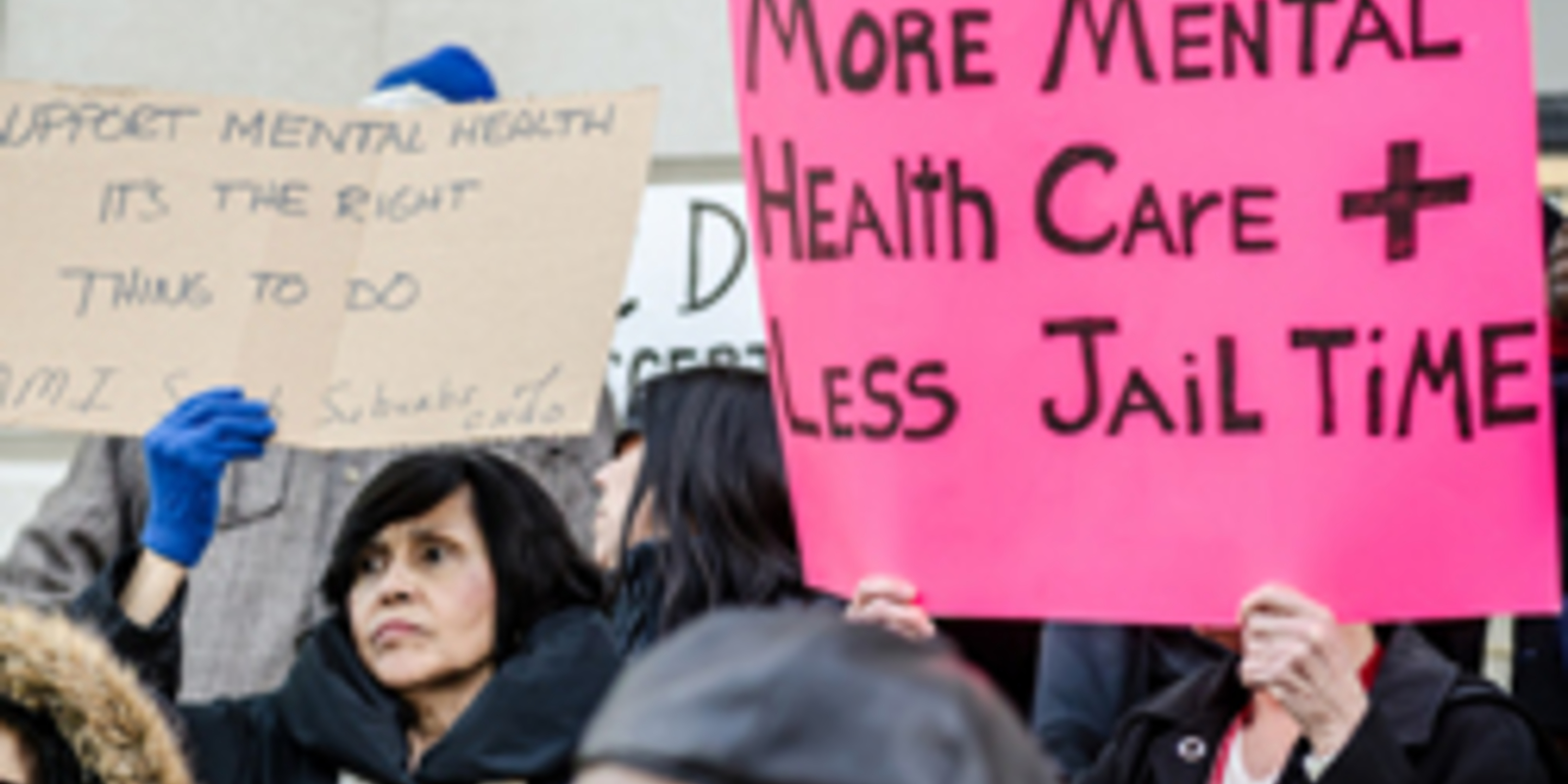
This lesson plan deals with the evolution of the treatment of mental illness and psychological disorders. The Origins article that I chose to use was an article the discussed the mental health system in the United States. The article focused on attitudes towards mental illness, the policies that have been enacted to deal with the treatment of mental illness, and how these things have changed throughout history. For this lesson, we decided to focus on the treatment of mental illness in the early 19th and 20th century, and comparing these practices to those used today. After the introduction of the article, the students will think about some of the assumptions that may have been made about people with mental illness in the 19th and 20th century. They will then be introduced to the attitudes towards mental illness during these times, and the treatment methods that were used, such as insulin shock therapy, ETC, lobotomization, as well as treatments that are used today, specifically medication and psychotherapy. Students will contemplate how attitudes toward mental illness affect the treatment methods used through a Think, Pair Share activity, before moving to a Stations activity, where they will explore different primary sources that discuss the different methods of treatment that were discussed during the lecture. They will use the information form these sources to formulate an argument to answer the question “When treating mental illness, is it better to focus on physical causes, or is it better to focus on lifestyle/behavior changes?” Students will use examples from the sources to back up their argument during class discussion, as well as in the exit ticket to wrap up the lesson.
Instructional Strategies:
• Primary Source Analysis
• Class Discussion
• Collaborative Learning
• Evidence-Based Argument Building
